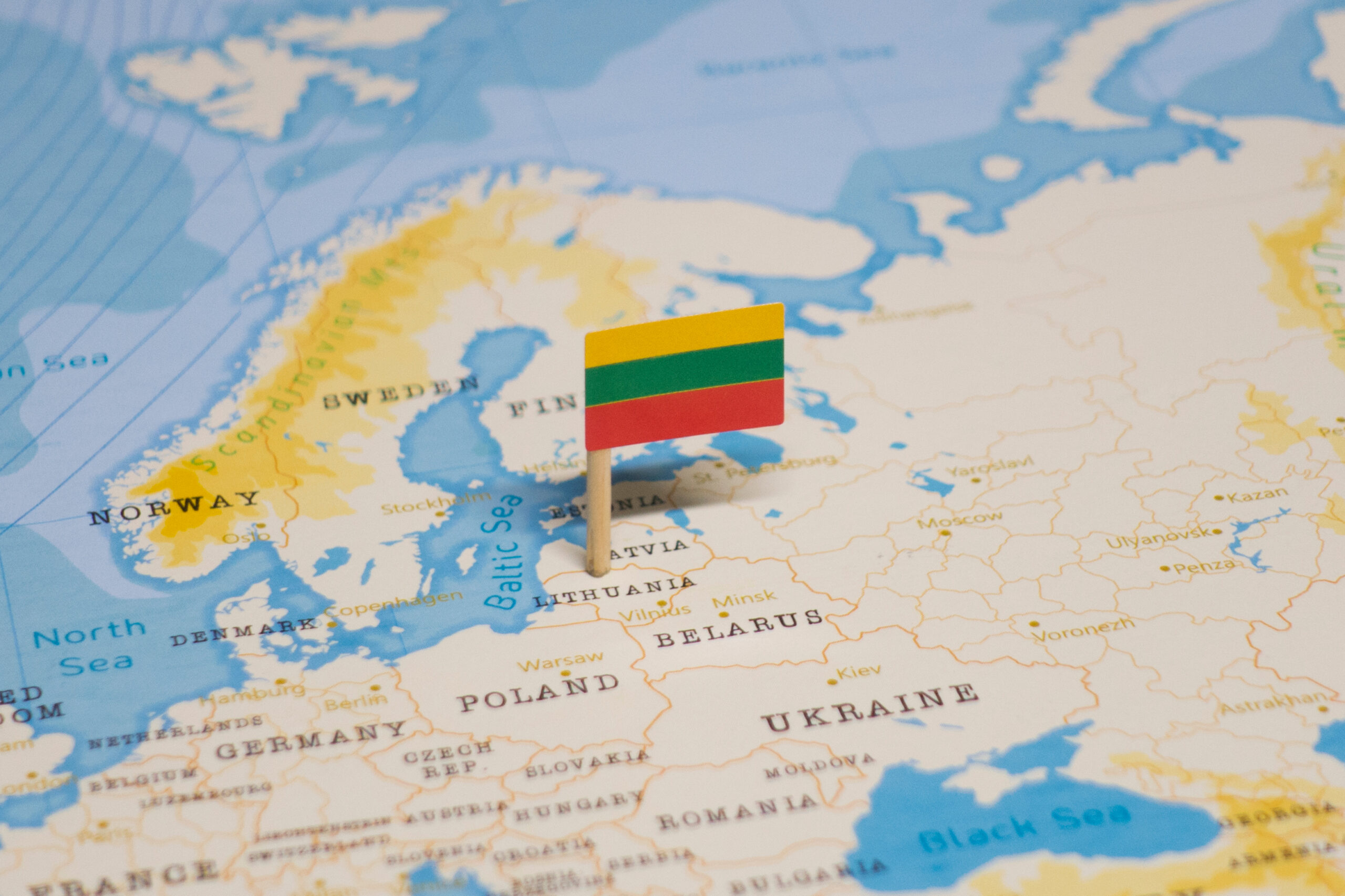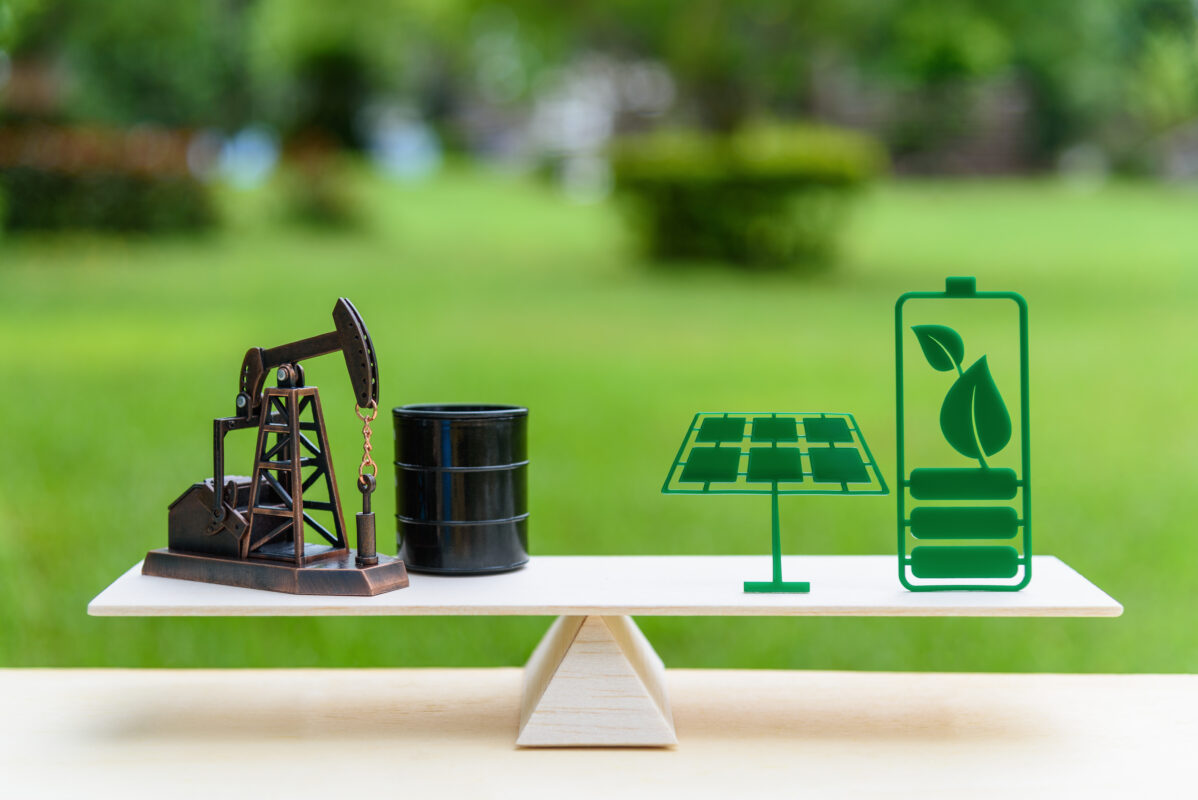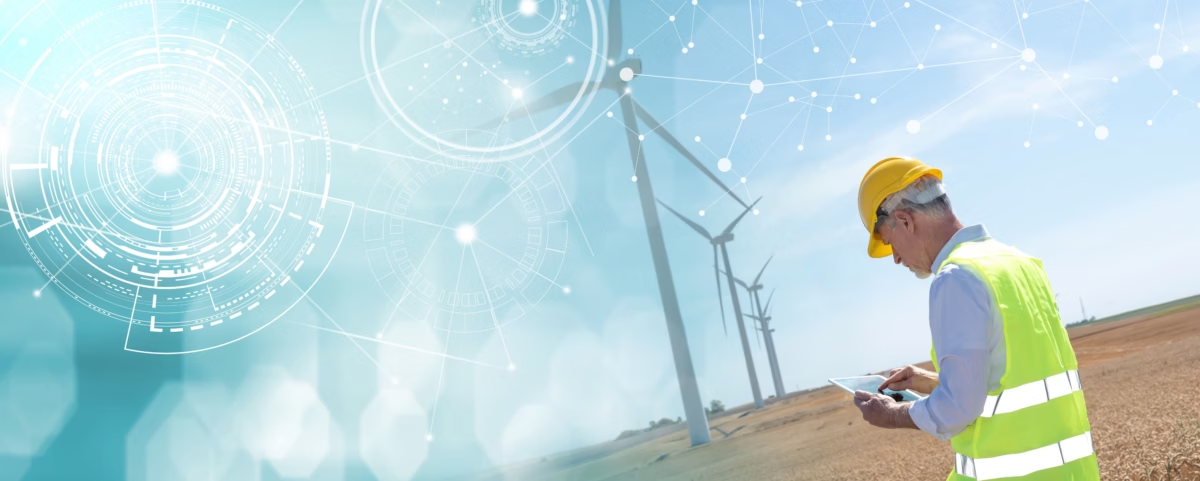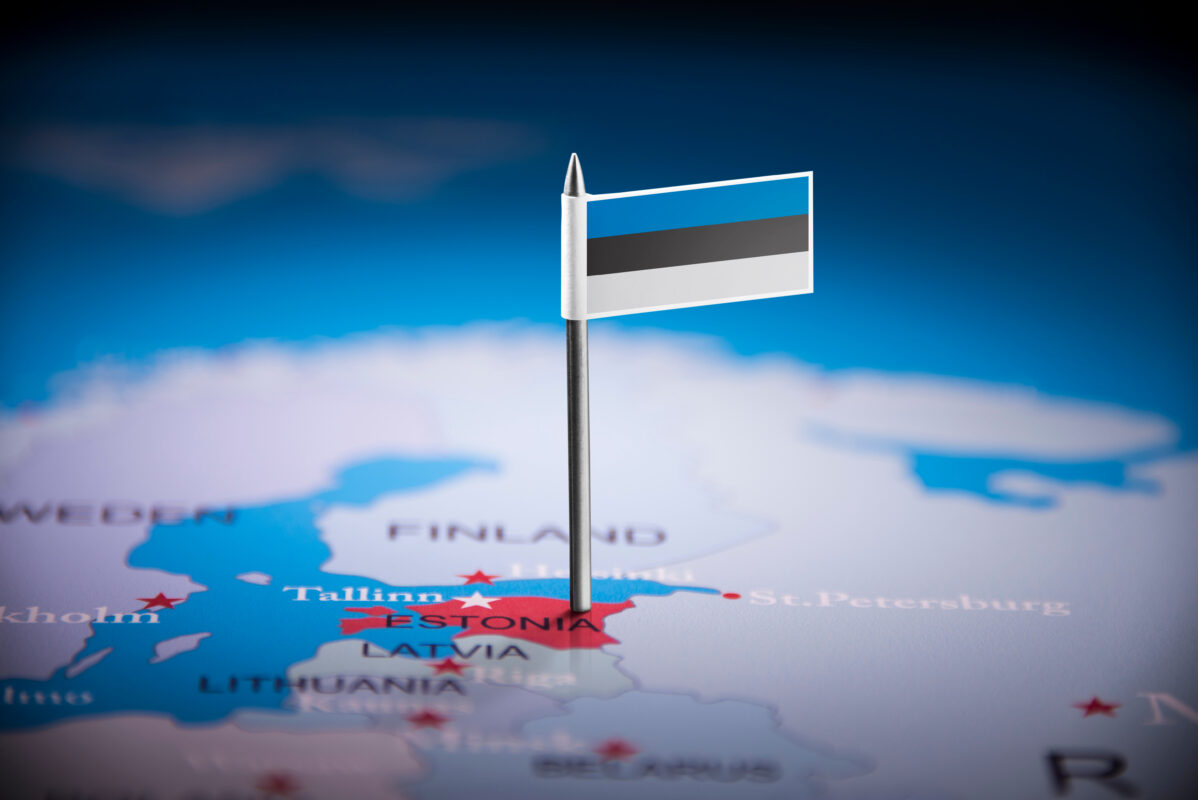For many years, Lithuania wasn’t considered a leader among European or even Baltic countries when it comes to wind energy. Having said that, the country has had noticeable growth spurts in this market in recent years. While Lithuania is still behind the average amount of wind electricity generated from turbines in Europe, this small country is certainly gaining momentum and wants to be a part of the energy transition.
Wind turbine energy is becoming increasingly important in Lithuania’s renewable energy sector. Lithuania has set ambitious targets for the future, aiming to generate over 90% of its electricity from renewable energy sources by 2030, with wind power playing a key role. The installed wind energy capacity saw a significant rise last year, reaching 946 MW. Furthermore, plans are underway to develop offshore wind farms in the Baltic Sea near Palanga, with the potential to generate up to 6 TWh of green electricity annually.
Lithuanian society is also giving more and more support to the development of wind farms, which also translates to households and businesses interested in small wind turbines (SWTs). This Baltic country wants to promote wind investment, which is why Lithuanians can count on many forms of financial support.
Types of Financial Support
Lithuania’s new ambitions in the field of wind technology were met with a lot of support from the European Union, which allocated 198,4 million euros to Lithuania, as part of the „REPower EU” program. That means a lot of opportunities for different wind turbine grants, loans, and investment opportunities for Lithuanian residents.
Wind Turbine Grants
In 2023 Lithuanian Energy Agency published an invitation to companies, farmers, citizens’ energy associations, and renewable resource energy associations to receive a subsidy for a wind power plant with a capacity of up to 3 MW. The planned support amounts to more than 18 million euros.
Who can apply for the grant?
– very small and small enterprises operating for at least one year and farmers meeting the status of such enterprises;
– citizens’ energy communities;
– renewable resource energy associations, the shareholders of which are not medium-sized enterprises and/or enterprises managed by municipalities.
Applicants are allowed to install a wind power plant of up to 6 MW, but only up to 3 MW of installed power is subsidized. The fixed unit rate is foreseen – 1608.65 EUR/kW of installed wind power (up to 3 MW).
Are you one of the people interested in the subsidy and you want to see if a small wind turbine is a good solution for your household or company? Contact us to evaluate wind potential in your region.
Financing and Loans
The Lithuanian National Recovery and Resilience Plan is a package of reforms and investments that have one goal: to make the country more sustainable and better prepared for future challenges. A big part of that plan is to make Lithuania independent from Russia when it comes to energy by implementing a green transition. 37,8 % of the 2,22 billion euro plan will support climate objectives, such as sustainable energy. Lithuanian residents can now apply for financial support for their wind energy projects.
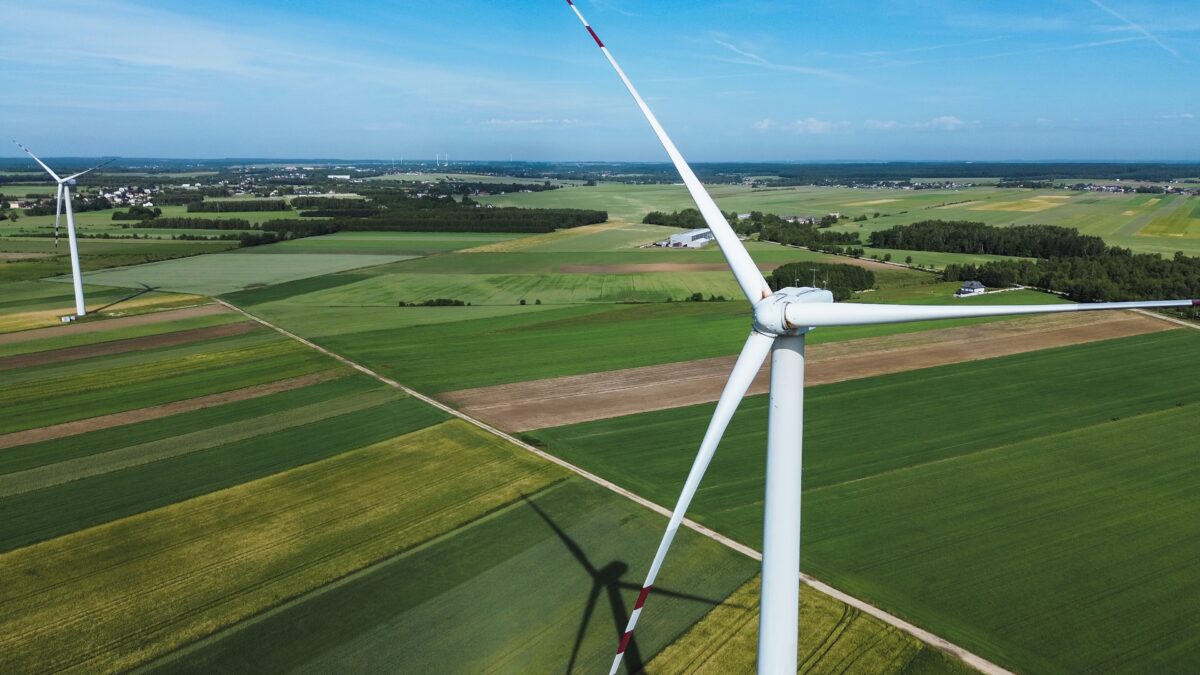
Financial Benefits of Small Wind Turbines
Wind energy systems may have a high initial cost, but they can compete with traditional energy sources when you consider the potential incentives and the long-term savings from lower utility bills, or even eliminating them entirely. How long it takes to get your money back—known as the payback period—depends on things like the type of system you choose how much wind your area gets, local electricity rates, and how you use the power. Leasing a wind turbine could also be an option, providing a more affordable way to get started.
Return on Investment (ROI)
Is a residential wind turbine a good investment? Depending on the size and output capacity, many turbines can pay for themselves within 10-15 years, with some people seeing an initial return in under a year. While the exact time frame varies, wind energy can be a profitable choice for homeowners over the long term. Wind turbine return on investment is something to consider before you invest in SWTs.
Long-Term Savings and Efficiency
Are you wondering: is wind energy efficient? While large wind turbines are known for their efficiency, they can’t be installed near populated areas due to safety concerns like ice throw, falling debris, and noise issues. Additionally, large turbines are often the most practical and cost-effective in areas where energy demand is lower. In contrast, small wind turbines offer a viable solution for decentralized renewable energy generation. Along with photovoltaic systems, SWTs can provide clean electricity directly to consumers, whether for households or industrial use, making them a flexible option for localized energy production.
Do you want to learn more about wind turbines financing options in your area but don’t know where to start? Let us help! Contact us to schedule a free consultation.
Additional Considerations
Before deciding to invest in wind turbine installation, there are several factors to consider that will determine the best type of SWT for your needs. The key is understanding how much energy, measured in kilowatt-hours (kWh), the turbine can produce. The energy output should match the demand— for example, powering a home typically requires at least 5 kilowatts, but this could rise to 10 or even 15 kilowatts, depending on the household’s energy consumption. Knowing the exact capacity you need for your household is essential before making your investment.
Small wind turbines have the advantage of requiring minimal land, which makes it easier to generate revenue. The combination of lower upfront land costs and a quick return on investment makes wind energy a profitable investment. The construction time for a wind farm is relatively short, often around a few weeks. Once operational, a single wind turbine can generate between 2,000 and 6,000 euros annually, depending on its size and capacity. With multiple turbines in a single wind farm, profits multiply, offering a significant yearly return for owners.
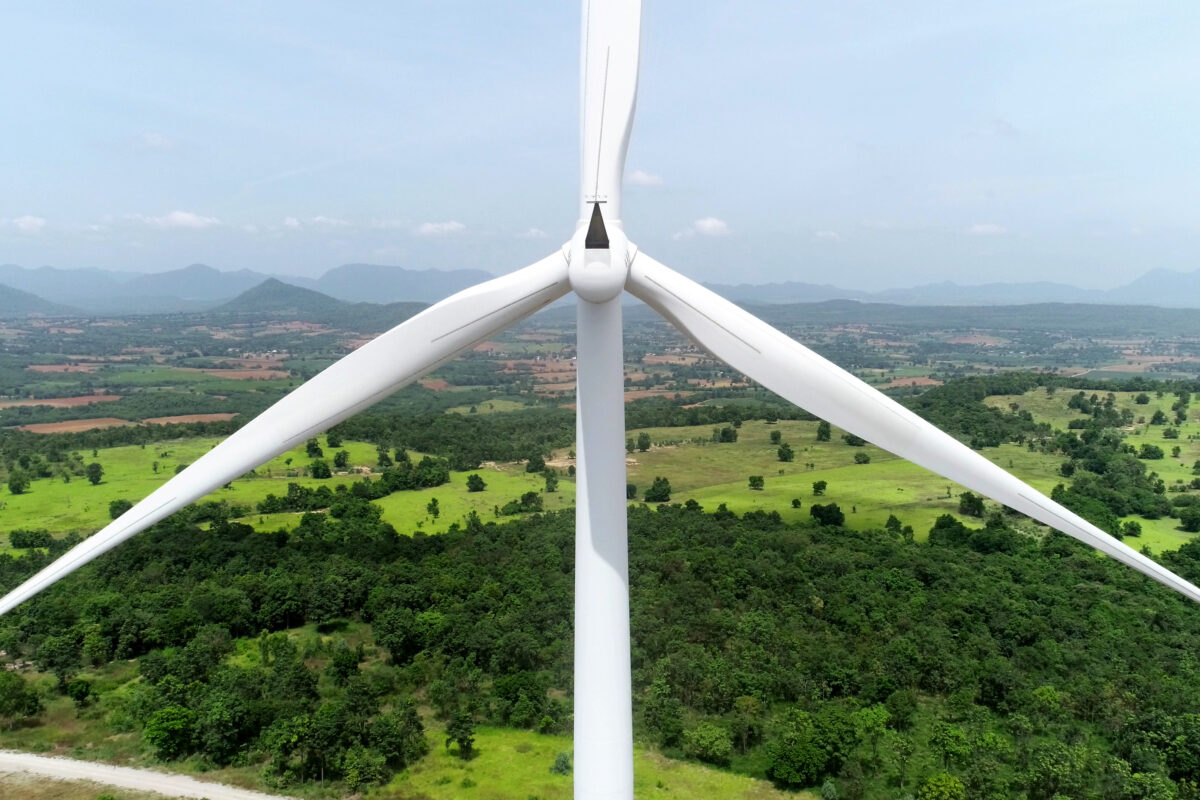
Costs of Installation and Maintenance
Turbine and tower manufacturers usually offer operations and maintenance services, but turbine owners need to remember that all rotating equipment needs regular care. Most turbines require routine tasks like lubrication, oil changes, and replacing parts that naturally wear out, such as brake pads. It’s also essential to check and tighten bolts and electrical connections regularly. Keep an eye out for corrosion and make sure guy wires are properly tensioned. If your turbine has leading-edge tape on the blades, replace it when it shows signs of wear. After about 10 years, blades or bearings may need replacement, but with consistent maintenance, your wind turbine could last 20 years or even longer.
When it comes to the cost of installation, small wind turbines ranging from 1 kW to 20 kW are an ideal solution for homes, farms, or small businesses. They’re much more affordable than large industrial turbines, making them a cost-effective option for lower energy demands. Common models, like 4 kW or 5 kW turbines, range in price from 3,000 to 15,000 euros, depending on the brand and technical specifications. These small turbines are relatively easy to install and maintain.
Besides the upfront purchase and installation costs, you should factor in ongoing maintenance, which typically costs around 2-3% of the initial investment per year. That’s why it’s crucial to choose a reputable manufacturer and schedule regular inspections. By choosing Freen products, you can be confident that the quality of small wind turbines will provide long-term savings and benefits.
Wind Turbine Sustainability
Prolonging the lifespan of wind turbines, minimizing waste, and improving the recycling of their materials are key strategies for increasing sustainability and lessening the environmental footprint of wind energy systems. By focusing on these efforts, it’s possible to conserve resources, cut down on waste generation, and reduce the carbon emissions linked to both manufacturing and disposing of wind turbine parts. These approaches contribute to a greener, more responsible approach to renewable energy.
Utilizing more efficient materials, opting for those that require less energy to produce, or redesigning the system to eliminate the need for certain components are effective strategies to reduce waste. These approaches help streamline processes and minimize material usage.
Efforts to extend the lifespan of wind turbines may involve repurposing discarded components for alternative uses or conducting regular inspections and maintenance to enhance the reliability and longevity of the equipment.
The Future of Financial Support for Wind Energy
When it comes to wind energy, it seems that Lithuania will focus on offshore wind farms. It’s all thanks to the significant boost of the European Commission’s approval of a 193 million euro support scheme. This funding is aimed at accelerating the development of offshore wind projects, enabling both Lithuanian and EU companies to compete for permits to build and operate new wind farms in Lithuanian waters. Lithuania aims to meet 100% of its electricity demand through renewable energy, with offshore wind expected to play the leading role in achieving this goal.


